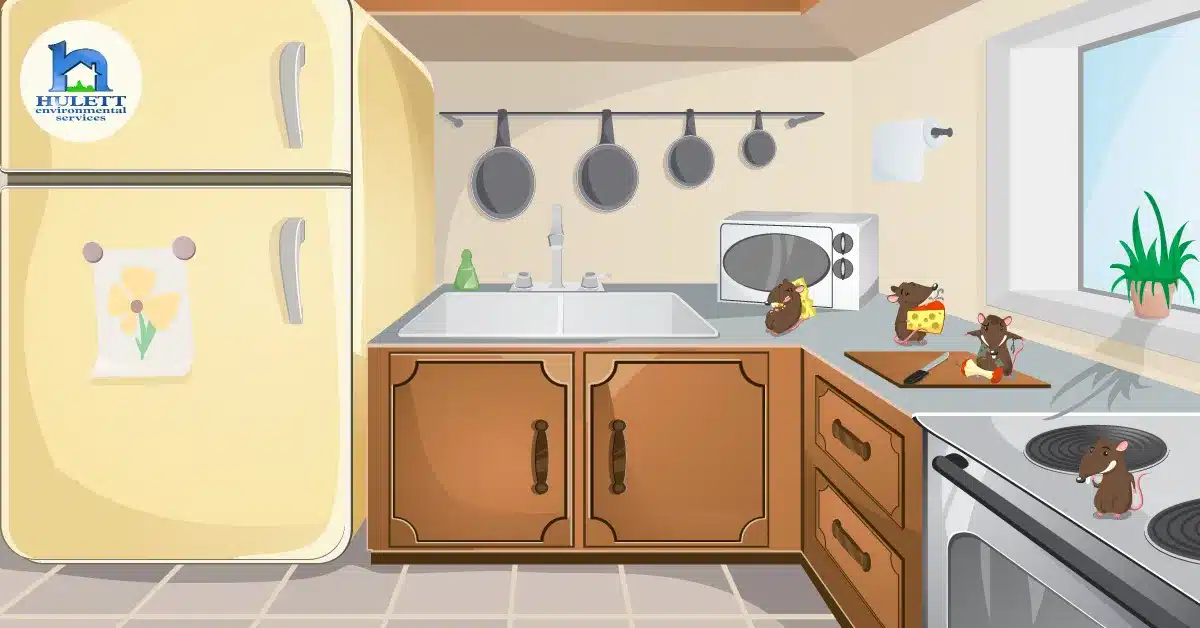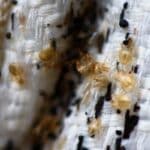
South Florida’s Chilly Weather Sends Rodents Inside
South Florida has been experiencing chillier than usual weather this winter. As temperatures drop, rodents seek shelter indoors. Who wouldn’t want a warm, cozy place with free food and plenty of available water, not to mention the abundance of materials to gnaw on and make nests out to start a family? During chilly weather, South Florida homeowners unwittingly play host to the mice and rats that inhabit South Florida. Actually, rodents have co-habited alongside humans for centuries. Rats and mice are drawn to urban areas where humans produce a great deal of leftover food scraps and other refuse that provide more food way easier than raiding a chicken coop or hunting for food in the wild. According to Ratbehavior.com, Norway rats have depended on humans for so long that their natural habitat is “wherever we are.”
Norway rats, roof rats and house mice
Trying to invade your home this winter, the usual suspects are Norway rats, roof rats and house mice.
- Norway rats –Also known as sewer rats, wharf rats, river rats and brown rats, Norway rats are reddish-brown with gray to white undersides. Larger than roof rats, Norway rats measure 18-20 inches from the tip of their blunt noses to end of their long tails. Reaching maturity in 3 to 5 months, Norway rats produce 8 to12 young per litter, at a rate of 7 times per year.
- Roof rats—Aka citrus rats, fruit rats and black rats, roof rats are smaller than Norway rats. Ranging from black to gray in color, with white to tan undersides, roof rats sport large ears and eyes and measure up to 16 inches from tip to tail, due to their tails which are longer than their bodies. Preferring to live above ground in trees or your attic, roof rats mature in 3 to 5 months, producing 6 to 8 young per litter, up to 6 times in a year’s time.
- House mice –Much smaller than rats, house mice have dull brownish grey fur with white undersides. Measuring 5 to 8 inches, house mouse tails are almost the same length as their bodies. Maturing in 4 to 6 weeks, house mice produce 5 to 7 young, 6 to 10 times per year.
Rodents are bad news bears
In addition to reproducing rapidly, chewing on your walls and electric cables and anything else they can, rats and mice also pose health threats to humans and animals. Infested with fleas and ticks that transmit diseases, along with the feasting insects that eat rodent feces and cause air-borne illnesses, rats and mice are carriers of many pathogens, such as:
- Bubonic plague caused by a bacterial strain, Yersinia pestis, usually transmitted by rat fleas. The bubonic plague decimated half the population in Europe in the 13th and 14th
- Hantavirus Pulmonary Syndrome contracted by breathing in dust particles, contaminated with rodent droppings, urine and saliva, hantavirus is a respiratory illness that can be fatal.
- Rat-bite fever caused by coming into contact with an infected rodent, by way of a bite or scratch, or by ingesting food contaminated with rodent feces.
- Salmonellosis, a bacterial infection caused by ingesting food contaminated with rodent feces
Although it’s not likely you’ll run into mice or rats on the way to the kitchen for that midnight snack, it could happen. More likely though, your pets may run across rodents, doing that cat and mouse thing. When frightened, rats will bite. And we just looked at the myriad of diseases associated with rodents that can infect your four-legged family members, as well.
Signs of rodent activity
So, how do you know if there’s a mouse in the house? While cats all over South Florida are rolling their eyes at this idea, humans may need a little something to go on. So here goes.
- Do you hear scratching, chewing or scurrying noises in your walls or running across your attic floor?
- Do you hear squeaking sounds in the night?
- Rodents are nocturnal; they come out to see what’s for dinner in your pantry at night. Notice any dried food bags in your pantry that look like they‘ve been chewed on the corners?
- Rodent droppings in your kitchen can be a heads up that mice or rats are in the building.
- A close encounter of the rodent kind is rare but a dead giveaway.
If you answered “yes” to any of these questions, you might have a rodent situation on your hands. If that’s the case, please waste no time in contacting a pest professional. Rodents multiply at alarming rates, so it’s important to address the situation as soon as possible. Call Hulett to schedule a free rodent inspection. We accommodate your request, with convenient time slots, scheduling service within 24 hours after notification.
Tips for homeowners to keep rodents out
- Seal all holes, cracks and crevices around your foundation, around windows, doorways and other entryways
- Use screens in exterior vents
- Eliminate all clutter from your yard, your attic and your garage
- Trim branches away from your house
- Keep all food prep, storage and dining areas spotless
- Store dry goods in air-tight metal, glass or hard plastic containers
Keep your home rodent-free this winter. Hulett’s Healthy Home programs guarantee your satisfaction or your money back! Contact us to schedule a free rodent inspection! Just call Hulett at (866) 611-BUGS!



